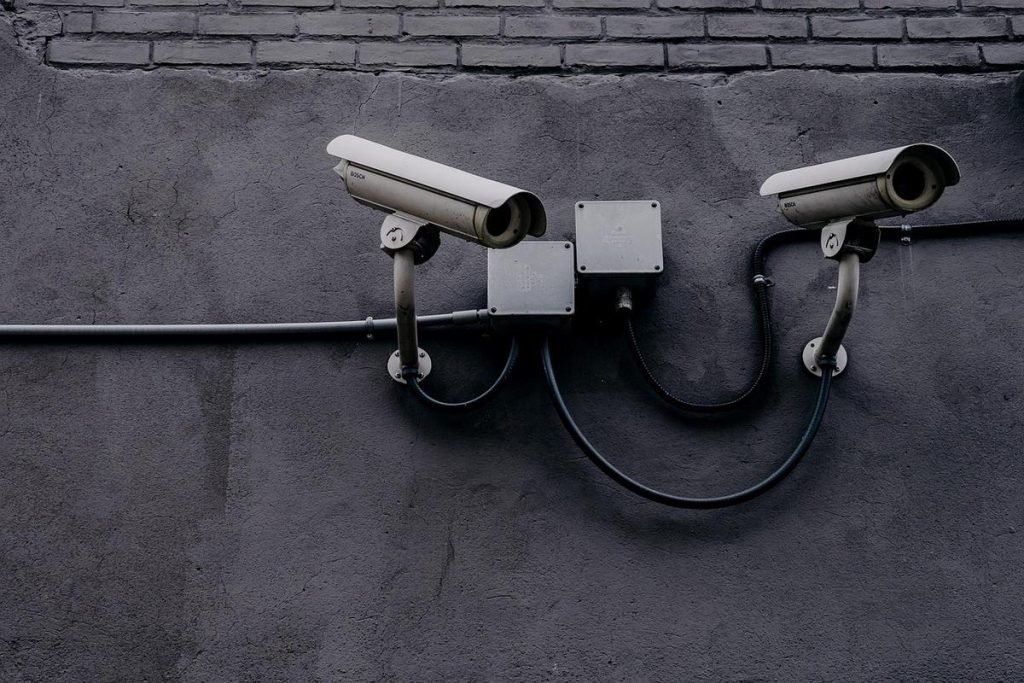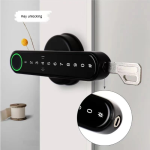Hospitals are confronting a nursing shortage as budgets tighten, security teams remain small and campuses extend across multiple buildings with no solid perimeter. Outpatient clinics, parking structures and public spaces open around the clock add complexity to keeping patients and staff safe.
A wave of new tech has emerged to help. Facilities are turning to artificial intelligence, machine learning, LiDAR-based surveillance and digital twin solutions. With cloud computing at their core, these platforms scale across urban and rural sites, reducing risk, spotting threats instantly and improving emergency response. They act as force multipliers so overworked teams can devote energy to patient care.
Healthcare campuses are built for openness. Patients, family members, caregivers, contractors and support staff pass through dozens of entry points each day. Most hospitals depend on a handful of security officers, with little room to add more personnel. In that environment, technology fills gaps.
Unlike conventional camera systems that require human eyes on live feeds, layered defenses add intelligence at every level. LiDAR uses laser pulses to build precise 3D maps of indoor and outdoor spaces. It recognizes objects by shape and motion, classifying people without capturing facial details and operating reliably in zero-light or bright sun.
Facilities can detect someone entering a restricted zone or lingering near infrastructure such as backup generators or helipads even at midnight. Alerts appear in real time without collecting private data or producing false positives. Shifting from reviewing footage after incidents to spotting danger as it unfolds represents a major upgrade.
A few years ago, security teams learned about events only after they happened—a patient fall, a stolen device or an ER altercation. Today threats surface before or at the moment they begin.
Cloud-based video management platforms will add generative AI that sends instant alerts and accepts natural-language queries such as “Show me any unauthorized activity near the west generator since 10 p.m.” or “Alert me if someone enters the helipad zone.”
These systems flag unusual conditions—dangling cables or motion in sensitive areas—without continuous human monitoring. Trying to watch every feed can overwhelm operators; smart tools point out real hazards.
Campus layouts change constantly with ongoing renovations and monthly department moves. Visitors lose their way and even seasoned staff waste minutes following new detours. Evacuation routes that no longer match current conditions can expose people to danger and slow exits.
Digital twin technology—a live 3D model of the entire facility—resolves these challenges. Facilities embed updated routes in mobile apps, guide patients and personnel to their destinations and reroute in real time around hazards like blocked corridors or smoke.
When seconds matter, moving people safely is as crucial as spotting a threat. Virtual replicas tie into asset-management systems so that gurneys, crash carts and oxygen machines appear in the 3D view and become easy to find.
The post-pandemic era still carries burnout and funding pressures across healthcare. Doing more with fewer resources remains a daily reality, with safety margins measured in minutes.
AI- and LiDAR-powered platforms let hospitals respond faster, make smarter decisions and protect patients and teams without waiting for new hires.
IT teams feel the strain as well. A physical security information management tool consolidates video surveillance, access control, fire suppression and intrusion detection under a single dashboard. Administrators manage every system from one interface, cutting complexity.
These innovations do not replace on-site staff. They amplify human efforts, helping protect the doctors, nurses and support personnel who care for patients every day.



